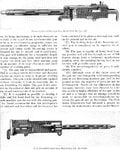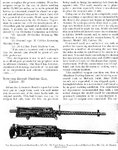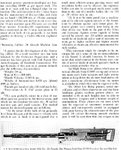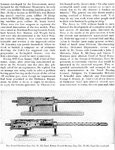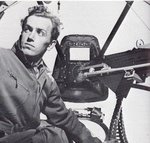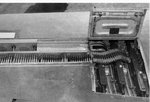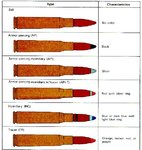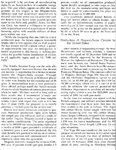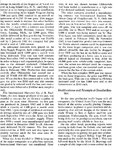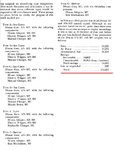CharlesBronson
Senior Master Sergeant
Whith this topic I want to assemble detailed information about the barrel armament of the US air forces including the Navy and U.S Army from 1930 up to the operations in Irak in 2003.
Evidently to cover the entire subject with a decent amount of information per every weapon is not an easy task, fortunately to me the argentine DNA have a fairly big and well know component of excessive self confidence.
Evidently to cover the entire subject with a decent amount of information per every weapon is not an easy task, fortunately to me the argentine DNA have a fairly big and well know component of excessive self confidence.




